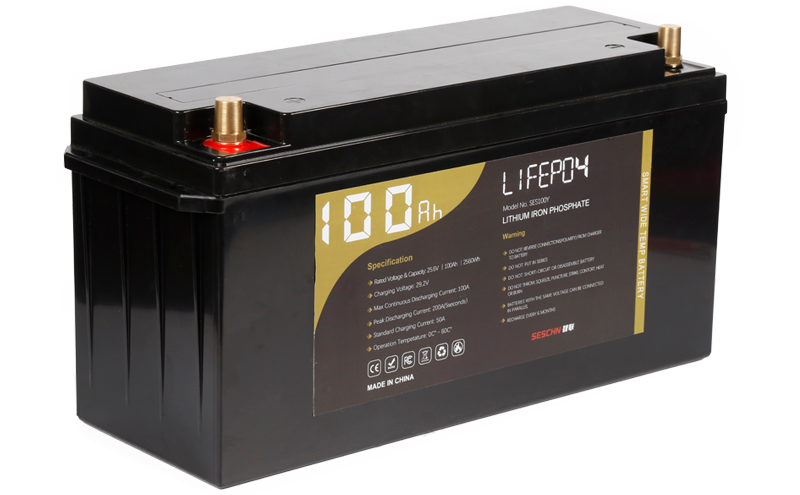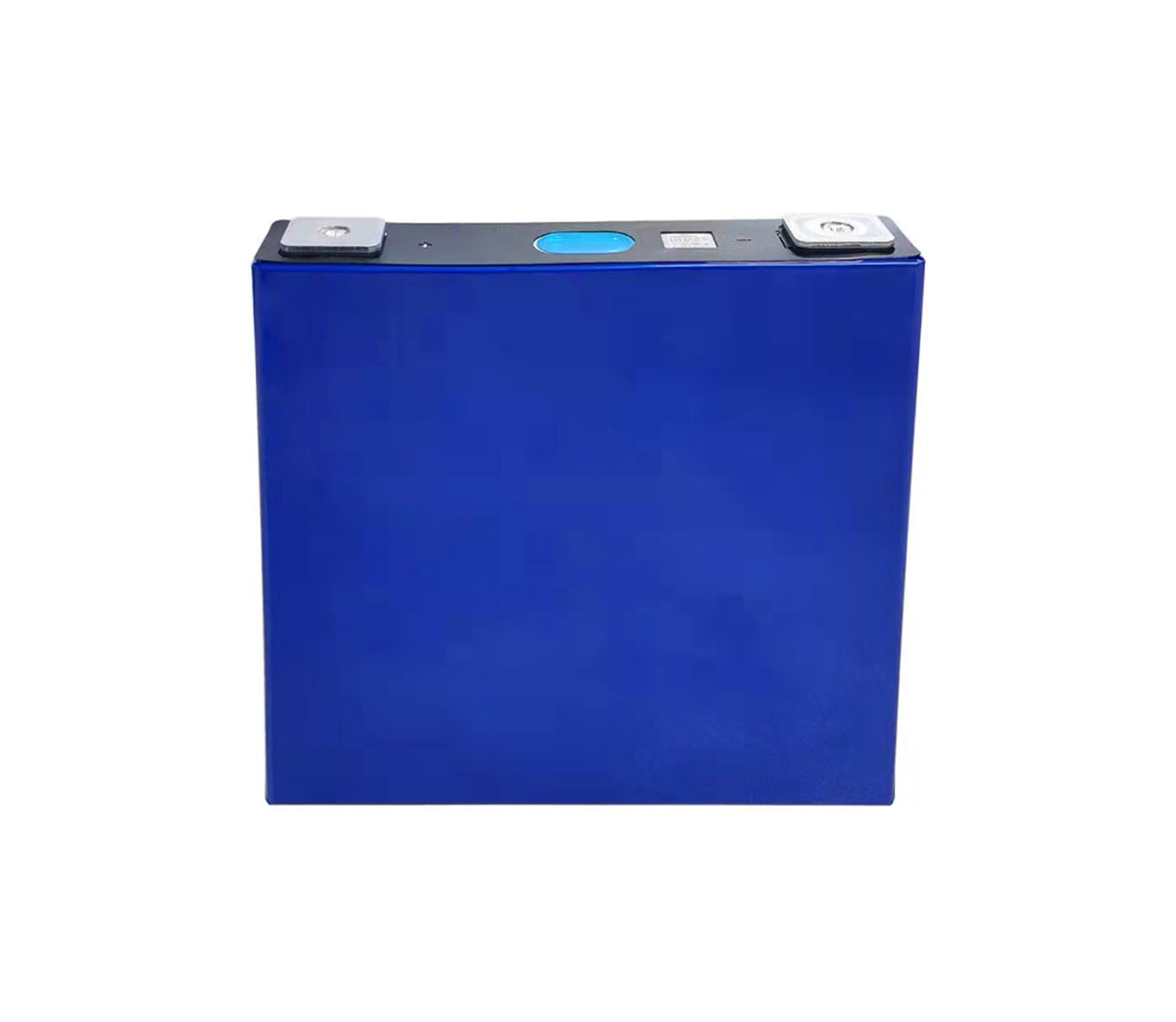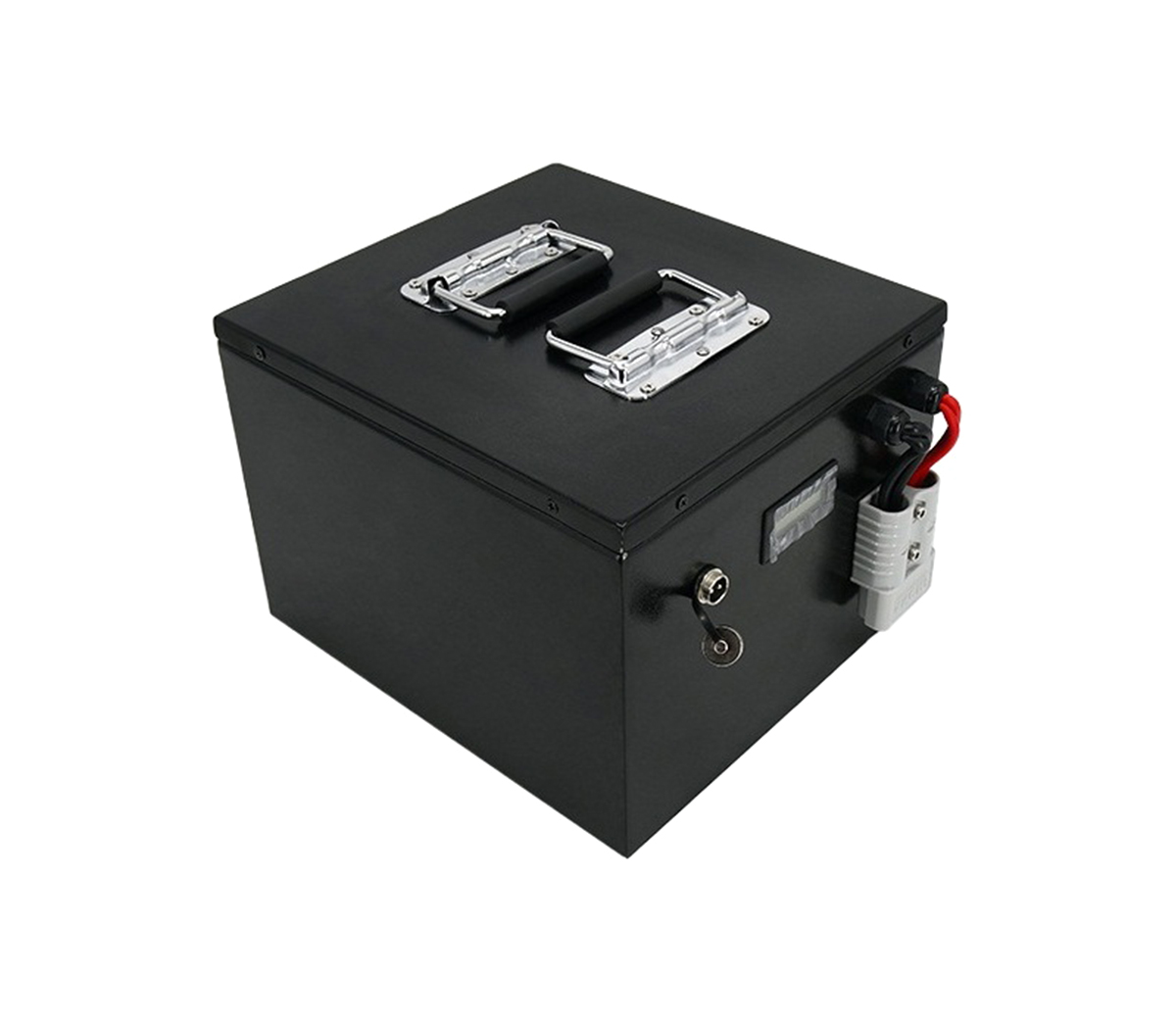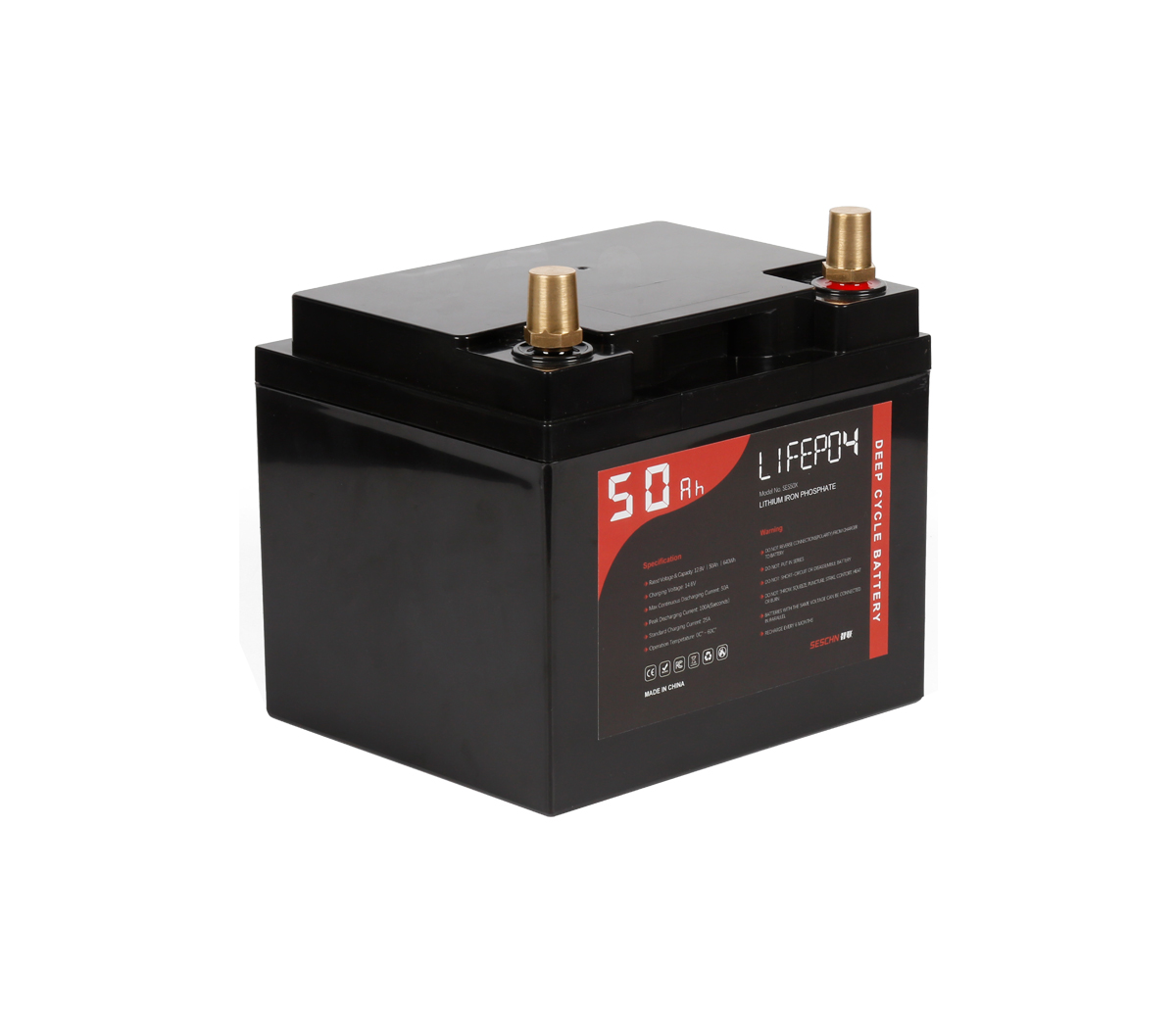
Times are changing, and the power consumption of large-screen smart phones
has reached a new level. People's dependence on mobile phones is far more than
10 years ago. Nowadays, mobile phones have become a tool for people to
communicate with the world (including but not limited to surfing the Internet
and talking), and to communicate with themselves (including games, etc.). The
ratio of time actually used by mobile phones has greatly increased. This places
extremely high requirements on the energy of mobile phone batteries. At the same
time, the design of mobile phones tends to be thin and light, and does not
support rapid battery replacement. Energy input is completely dependent on
charging and data ports.
However, instead of increasing the size of the mobile phone’s charging
port, it is moving in the direction of continuous miniaturization. The decrease
in the electrical contact area of the port is followed by an increase in
contact resistance and a decrease in heat dissipation capacity, which reduces
the current that the port can pass.
The input power of the port = input voltage x input current. It can be seen
that the contradiction between the reduction of port current capacity and the
increase of port input power can be solved by increasing the port input voltage.
This is the original intention of Qualcomm QC2.0/3.0HVDCP (high voltage
dedicated charging port). It is worth mentioning that USB3.1PD and
MTKPUMPEXPRESSPLUS also use the same solution.
principle analysis
Before talking about the hardware implementation of QC fast charging, I
would like to mention the comments on QC fast charging that I saw on the
Internet some time ago. Many articles have said that the high-voltage charging
used by QC is harmful to mobile phone batteries. In my opinion, the existence of
this statement is precisely caused by the lack of understanding of how the
circuit in the mobile phone completes the battery charging process. Therefore,
the following part not only introduces how QC is implemented by hardware, but
also introduces how other mobile phones complete battery charging.
The battery charging circuit in the mobile phone can be divided into two
parts according to the function (but it does not mean that the two parts are
physically separated, in fact, the two circuits are often implemented in the
same integrated circuit).
1, measurement-feedback control part
is responsible for monitoring the key parameters of battery charging (such
as battery charging current, battery current voltage, battery temperature),
adjusting parameters such as charging current, or shutting down charging
according to preset battery charging algorithms. The measurement and feedback
control part of the mobile phone charging circuit can usually adjust certain
parameters through software programming. Even some mobile phone charging
measurement, feedback control part of most functions are completed by software.
Most mobile phone charging control algorithms for lithium batteries are based on
constant current-constant voltage process or its variants. The process of
constant current and constant voltage charging is generally like this. First,
when the battery is lower than its charging limit voltage (in the past, mobile
phones were 4.2v, now common 4.35V, occasionally 4.40V), the battery is charged
with a constant current.
The ratio of the size of the constant current to the battery capacity
(called the charging current rate) is closely related to the charging speed of
the mobile phone battery. To increase the charging speed of mobile phones,
increasing the charging current rate is an effective means. However, the mobile
phone battery has a limited ability to accept the charging current rate.
Excessive charging current rate will increase the cycle attenuation of the
mobile phone battery, and may even cause battery safety issues. At present, most
mobile phone batteries can accept a charging current rate of 0.5-1 times. For
example, for a 3000mAh cell phone battery, a charging current rate of 0.5-1
times corresponds to a charging current of 1500mA-3000mA. By optimizing the
battery structure and formula, the battery can accept a greater charging current
rate. As far as the current situation is concerned, the upper limit of the
charging current rate of the mobile phone battery is usually not the bottleneck
of the charging speed of the mobile phone.
When the battery reaches the battery's charge limit voltage through
constant current charging, the charge limit voltage is maintained by gradually
reducing the charge current. Because the lithium-ion battery voltage increases
with the increase of battery fullness, the greater the charging current, the
higher the battery voltage, so when the fullness continues to increase, reducing
the charging current can keep the battery voltage constant. This is Constant
pressure process. When the charging current is reduced to a predetermined value,
the charging current will be turned off, and the charging will be completed.
2, voltage and current conversion part
The function of this part of the circuit is to convert the electric energy
obtained from the charging port of the mobile phone into the charging current of
the battery under the control of the measurement and feedback control part.
Since the input voltage of the mobile phone charging port is usually 5V, 9V, and
the like, which does not match the battery voltage (3.0V-4.35V, which varies
with power and charging current), it needs to be changed. It is precisely
because of this conversion process that the claim that high-voltage charging
affects battery life is very absurd. Because the charging voltage and current of
the mobile phone battery are determined by the charging program preset by the
measurement and feedback control part. If the input voltage is a little higher
or lower, as long as it is within the allowable range of the voltage-current
conversion part, it will be converted by the voltage-current conversion part to
the value set by the program.



































